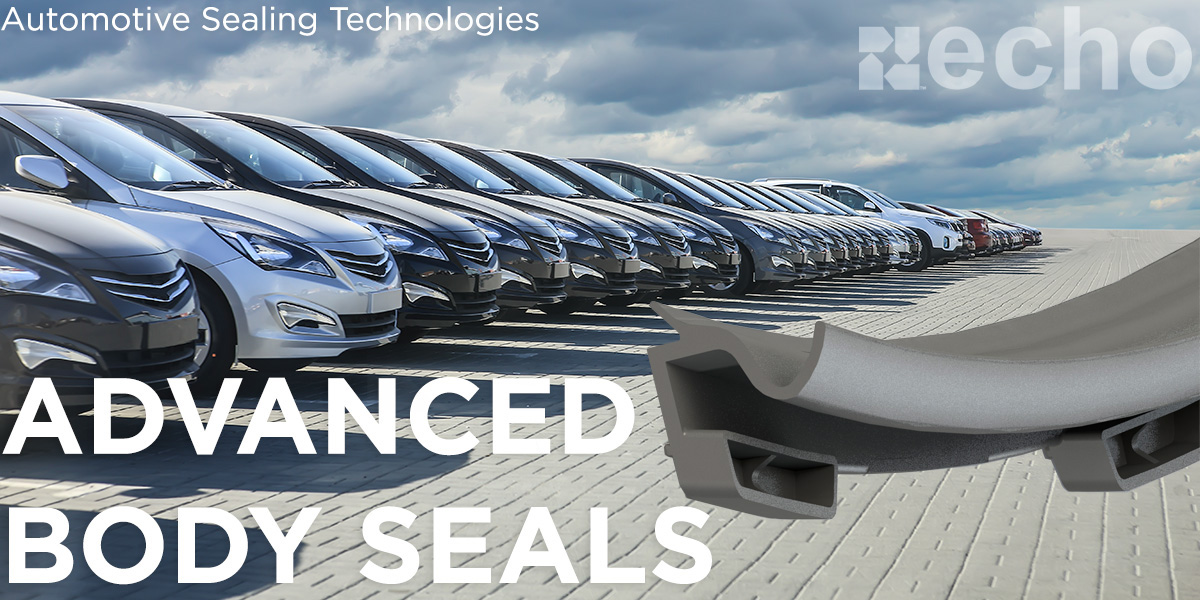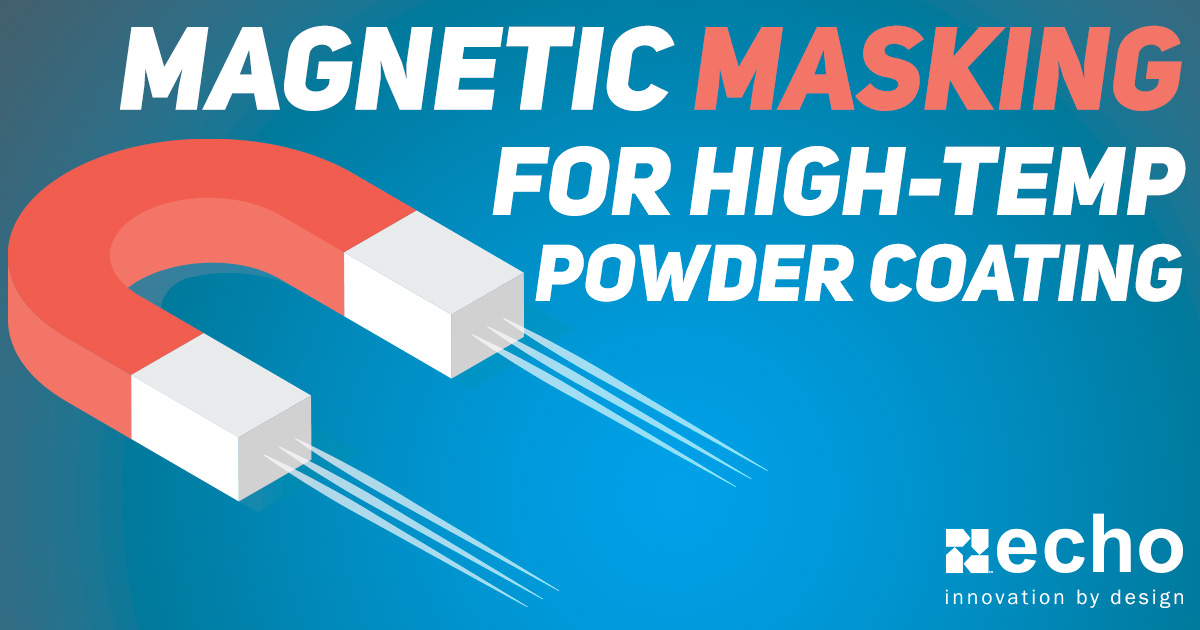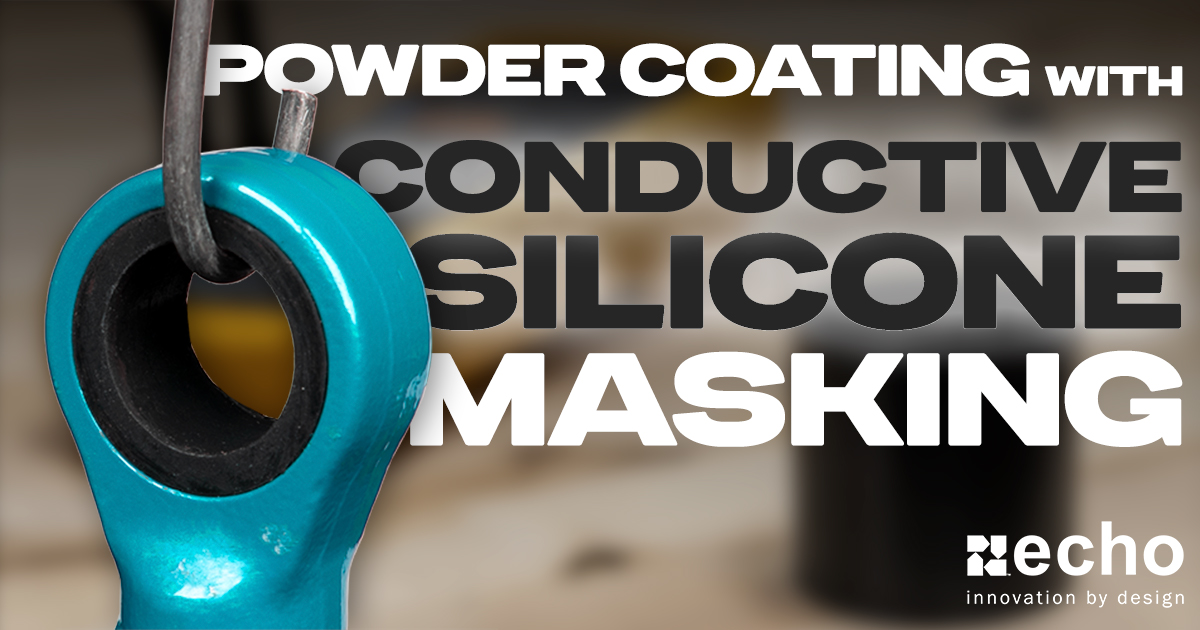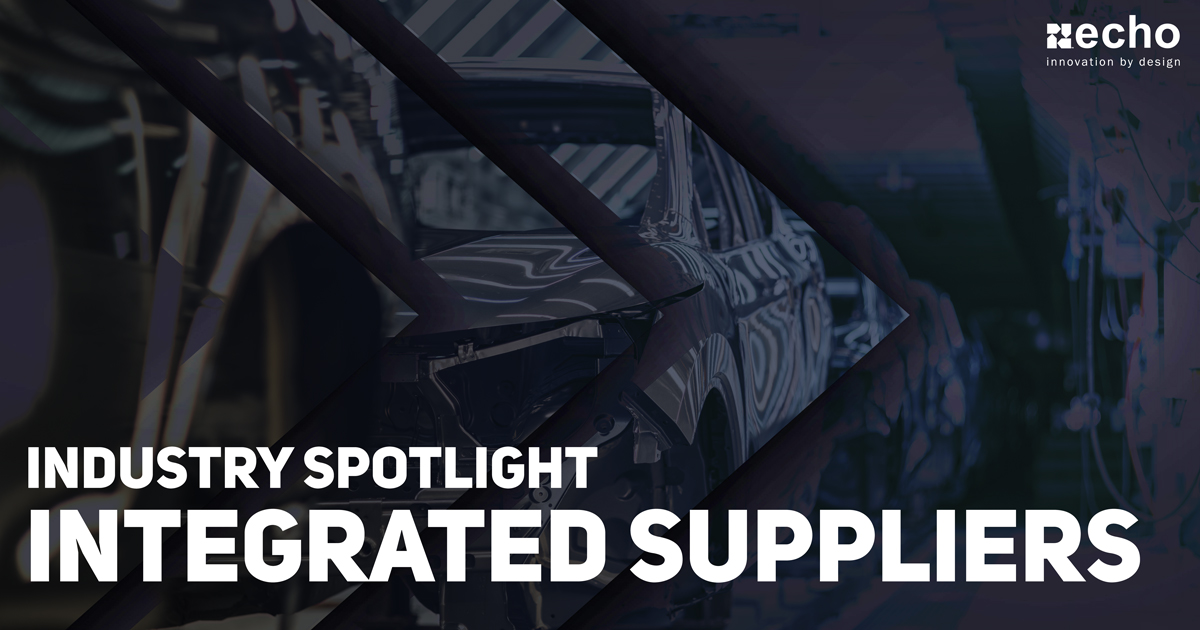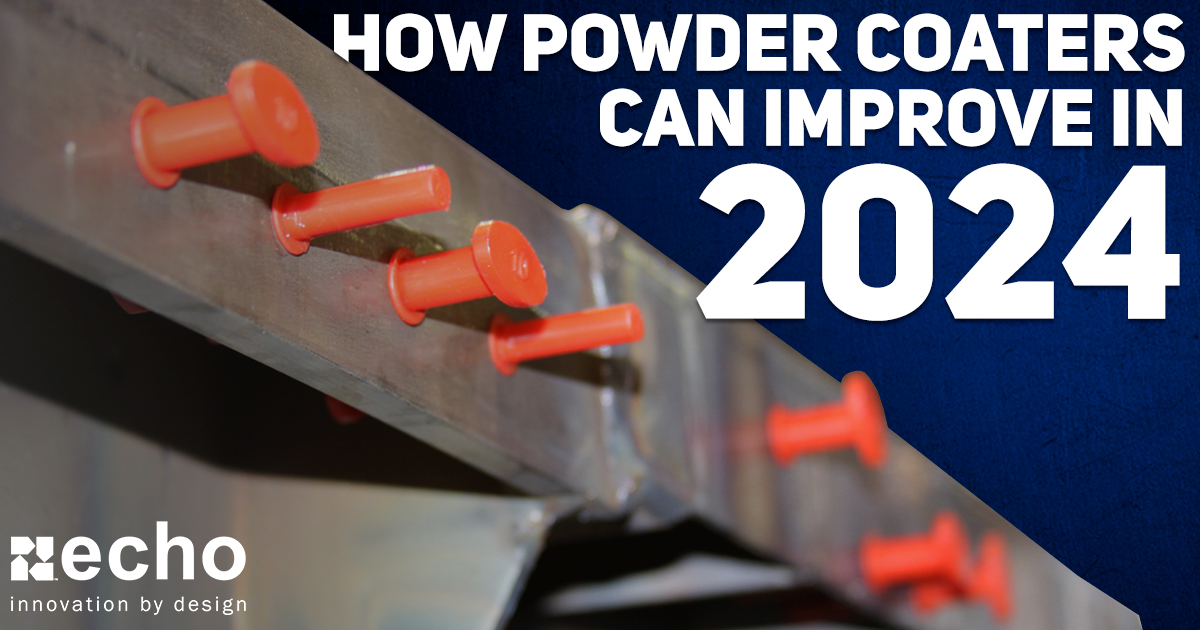2 Ways EV Manufacturers Can Enhance NVH Performance
-
 By
Lee Lechner
By
Lee Lechner - Jul 11, 2019
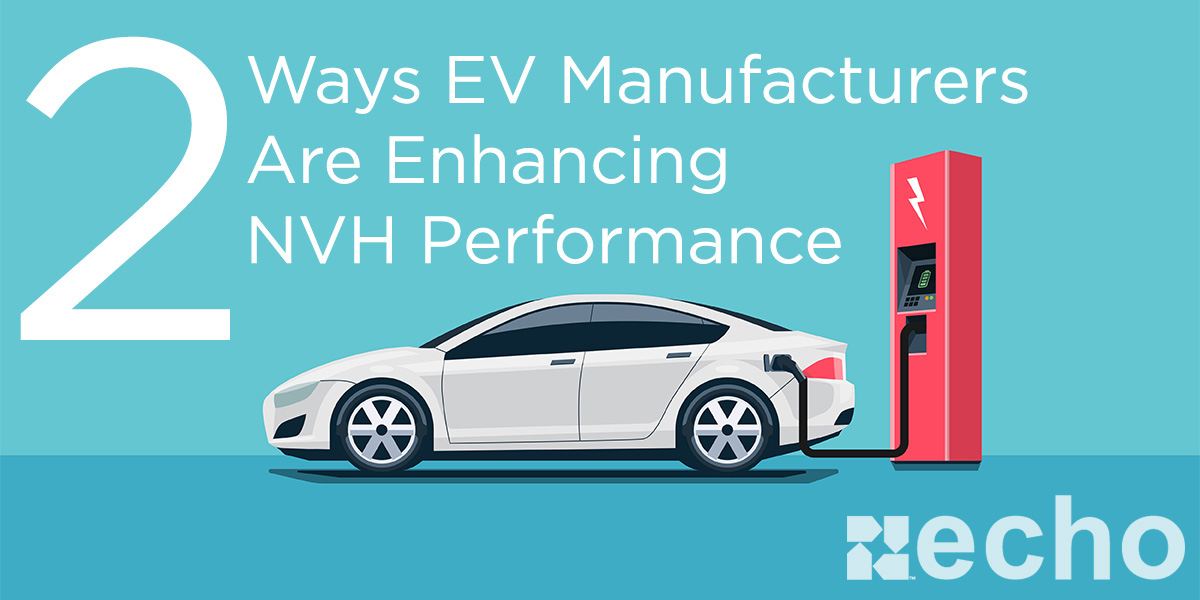
2 Ways EV Manufacturers Can Enhance NVH Performance
Two trends in the automotive industry that have become dominant topics with the increase in demand for electric vehicles are Lightweighting & enhancing NVH performance. Unfortunately, these both tend to have adverse effects on each other.
The new designs to make vehicles lighter, such as using lower gauge metal and increase in panel holes, tends to impact an EV’s NVH performance negatively. While at the same time, the more material used to reduce NVH, tends to weigh the vehicle down.
Two solutions that are being looked at more closely for optimal NVH resistance are rubber panel plugs and butyl damping patches.
Optimizing Panel Plug Plugs for NVH Performance
EPDM is one of the top rubber materials for improving NVH resistance in automotive applications due to its ability to absorb sound and vibration, great tensile strength, water swell resistance, and its ability to withstand to environmental conditions, such as high temperatures and UV resistance.
Panel Plug Optimization Points
The core elements that need to be optimized for an ideal EPDM panel plug include:
Thickness: While making the plug thicker will help enhance a vehicle’s NVH performance, it will also result in it becoming heavier weight and higher costs due to an increase in material. You’ll need to find the perfect balance for your application and needs. This can be determined by using a formula that calculates the noise transmission loss through the surrounding panel.
Rubber Durometer will play a factor and must be balanced with the design of the plug. A higher durometer will have improved NVH resistance due to higher density, and vice versa for softer durometer. The drawback to a higher durometer is that it also weighs more. EV manufacturers should usually stick with right around 60-65 Duro for their plugs in order to maintain optimal sealing and NVH qualities.
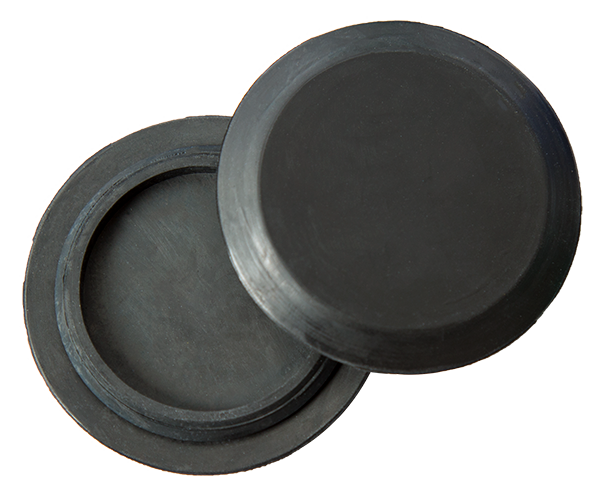

Request a free rubber durometer sample kit:
Butyl Damping for Panel Holes
Electric vehicles have a significant amount of panel holes throughout their body/chassis as it helps with reducing the overall weight, improve battery efficiency, and allows e-coat, surface prep, and primer to drain from the cavities during production. The problem that they pose for EV manufacturers is the amount of noise they allow through. This is where butyl rubber solutions come into play.
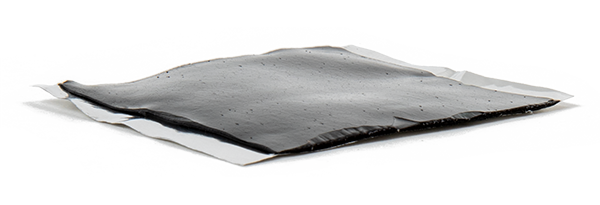

Balancing Butyl Thickness
If you're an NVH Engineer, the area where you'll want to pay the most attention to here is the amount of butyl adhesive being used. The more you use, the better it will perform with reducing noise from entering the vehicle’s cabin. But, you also have to balance it with weight so that you don’t lose the lightweighting benefit of panel holes.
Butyl Manufacturing Quick Tip:
Another aspect of Butyl that’s easy to overlook is designing and manufacturing the product for assembly, or DFA (Design-for-Assembly). One way you can improve your manufacturing efficiency is by switching from sheets to rolls.
Switching from sheets of 8-12 butyl foil patches to rolls of them. Sheets cause 2 assembly issues. First, the butyl will most likely stick to the sheet below, resulting in unnecessary time spent separating the two. The other problem is that the assembly worker will have to constantly stop after every 8-12 patches in order to grab the next one.
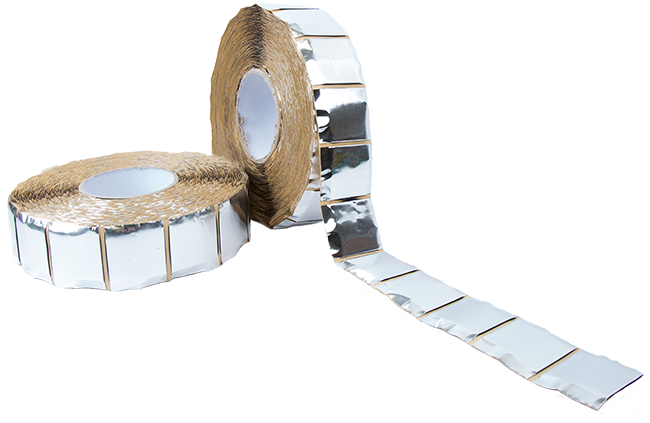

Request a free butyl sample:
Conclusion
Enhancing NVH performance continues to become a more and more prevalent topic as the EVs continue to increase in demand. In order to accomplish this, OEMs and Tier 1s need to look into the granular details of products that didn't change much during the ICE era. With more EV startups popping up more than ever, the manufacturer that is able to produce the best experience by decreasing NVH, while also making their manufacturing more efficient will most likely be the one that comes out on top.
Outside of the EV market, typical plugs used in your fossil fuel cars are outdated & must be updated to meet the high demand for quiet and comfort. Echo is engaged in helping our customers design the best high-performance NVH plug within any budget & here is how. Specially formulated Butyl foil & specially designed panel plugs help keep noise & cost down while taking into consideration ergonomics & all while meeting force requirements set by the industry leaders. NVH in the mobility industry is being taken to a new level.



